|
A few photos taken on a stroll around Springwell Lake.
Technical details: Fuji X-M1 with Fujinon 60mm macro lens.
0 Comments
Another beautiful Friday afternoon lead me to Greenwich is internationally recognised as the home of time. This is where to find the Prime Meridian of the World - every place on Earth is measured from here. Not only that, but its where the hemispheres meet and home to a World Heritage Site and London's oldest Royal Park (Visit Greenwich).
My wonder started at Cutty Sark - built in the late 19th century, it is the only surviving tea clipper; the fastest and greatest of her time. "The National Maritime Museum is the world's largest maritime museum, revealing inspirational stories and breathtaking accounts of discovery and adventure connecting Britain's maritime past with our lives today" (ibid). But perhaps the greatest gems of all was the Old Royal Navy College - a riverside designed by Sit Christopher Wren (perhaps one of England's most highly acclaimed architects in history, also creating St Paul's Cathedral). I had to give in and switch the film simulation (colour) mode on the camera to capture the outstanding majesty of the Painted Hall as well as the exquisitely decorated Chapel. Hours later than planned, I headed towards the Royal Observatory through Greenwich Park, offering fine dusk views over the City of London. The clock pictured in the last photo is one of the earliest electrics clocks to ever be produced and was installed in 1852. Wikipedia states: "The network of master and slave clocks was constructed and installed by Charles Shepherd in 1852. The clock by the gate was probably the first to display Greenwich Mean Time to the public, and is unusual in using the 24-hour analogue dial." Technical details: Fuji X-M1 with Fujinon 16-50mm lens. A new toy! The Samyang 8mm fisheye lens with a detachable hood - usually a diagonal fisheye so you wouldn't see the black vignetting but I enjoyed trying it out on the full frame a850 for a >180 degree angle of view. It certainly took a little while getting my head around using it as it was almost impossible to avoid flare on a sunny day or my own shadow in the photo!
Further (and more varied) experimentation in a more urban setting later this week! Technical details: Sony a850 with Samyang 8mm lens. Apologies for the delay folks... I have been taking lots of photos but just slow to update the blog so expect to see lots of updates soon!
Photos taken during the flooding in the Aquadrome (shouldn't have been a big surprise... although wasn't expecting some of the paths to be knee-deep in water!) Obviously some just show life on the canal which wasn't as affected except for the first photo where it overflowed into a stream leading down to the car park! The sixth photo shows a lovely rustic swing hung from a large tree which we often used to ride... perhaps not any more. Technical details: Sony a850 with Sigma 50-500mm (Bigma) lens. Like last year (click here), here is another round-up of some of the most memorable images taken over the past year. Click the photos to navigate to the associated full blog post. Happy viewing!
Please take a few minutes to vote for your favourite photos - click here. More experimentation with the Dramatic Tone filter - photos taken in Wokefield Park (home to the BMW Group Academy, hence the photos) and walking along the amusingly named Goodboys Lane.
Technical details: Technical details: Olympus E-PM1 with 14-42mm lens. A break in the torrential rain and gale force winds allowed us to take a pleasant (albeit muddy!) walk around Overton - home to a Roald Dahl museum (closed on xmas eve) and was once the site of a great sheep fair where 50,000 animals would be driven to the pastures by the river to be sold. There is also the remnants of an important milling industry - flour, silk production and cotton paper for bank notes. However, the historical highlight of the walk was an adventurous walk on The Harrow Way (fifth photo) - claimed to be Britain's oldest road that can be traced from Dorset to the Kentish coast. "Tin-traders, farmers, hunters, drovers, warriors and pilgrims have trodden out its course over perhaps five millenia - maybe much longer[!]" (Sommerville quotes in Walks in the Country). All the more dramatic as many trees lining the edges of the road had fallen in the recent winds and created and obstacle-course-like trek through what I thought was going to be a shortcut. I thought the sign shown on the photo was ironic! Finally, this area is also the inspirational setting of Richard Adam's classic tale Watership Down.
The more regular Capture the Soul blog readers will be aware that I rarely delve into the world of Instagram-esque photographic effects. However, something (I'm not sure what!) inspired me to play with the Art filters on the PEN Mini: most of the below have been taken on with using Dramatic Tone, however the second and third use the Grainy Film and Diorama filters (the latter I noticed is frequently used in the great BBC series Sherlock). Lastly, photos 5 and 8 have used the Pop Art filter. Technical details: Technical details: Olympus E-PM1 with 14-42mm lens. Testing out a new lens while taking a countryside walk in Witney, during the Raj Saubhag Yuva Retreat. Aside from slightly slow focusing (and the known small aperture of lens), it didn't disappoint - especially considering its value for money, size and weight.
Technical details: Technical details: Olympus E-PM1 with 40-150mm lens. Our dear friend Bal had long recommended a visit to the national arboretum (a botanical garden devoted to trees) in Autumn and we were lucky to have the opportunity to witness this riot of colour, or as the Forestry Commission describe it, "a natural firework display"!
Details on the arboretum: "The historic, Victorian picturesque landscape and internationally important tree and shrub collection contains 14,902 labelled trees (around 2,500 different types of tree), comimg from Britain, China, North America, Japan, Chile and other temperate climates. Planting started in the 1850s by Robert Holford; the rich Victorian landowner to whom the Westonbirt estate belonged." (Forestry Commission) Technical details: Sony a850 with Tokina 19-35mm and Tamron 28-75mm lenses. First photo shows the famous Long Walk, a straight 2.65 mile path that linking Windsor Castle with Snow Hill in Windsor Great Park. "Snow Hill was where, as the legend has it, King Henry VIII sat and waited for news of the execution of his second wife, Queen Anne Boleyn. However, the path as we know it only came into being during the reign of King Charles II who had double rows of Elm trees planted the entire length of the route. There were 1,652 trees planted to create the basis of the landscape we know today. Charles wanted to remodel Windsor in a modern popular style and the Long Walk was just one aspect of his improvement scheme" (Windsor Berkshire).
Windsor Great Park "was once part of a vast Norman hunting forest which was enclosed in the late 13th century. The 2,020 hectares (5,000 acres) of parkland, which includes a Deer Park, is a varied landscape of formal avenues, gardens, woodland and open grassland. The antiquity of the landscape is enhanced by the scattering of great ancient oaks for which the Great Park and its forest are renowned." (The Crown Estate). Technical details: Sony a850 with Sigma 50-500mm (Bigma) lens. |
Vote for your favourite 2013 photos here!
Archives
July 2014
Categories
All
|
© 2016 Capture the Soul Photography. All rights reserved.

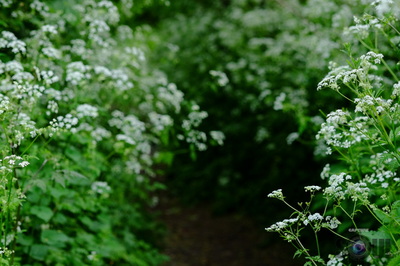
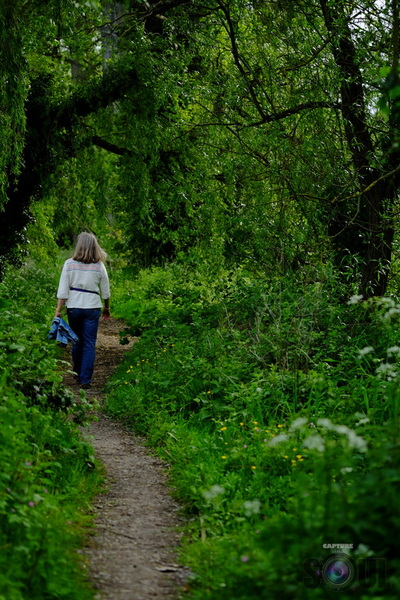
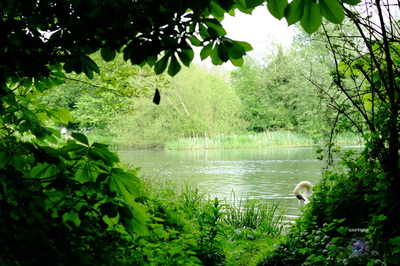

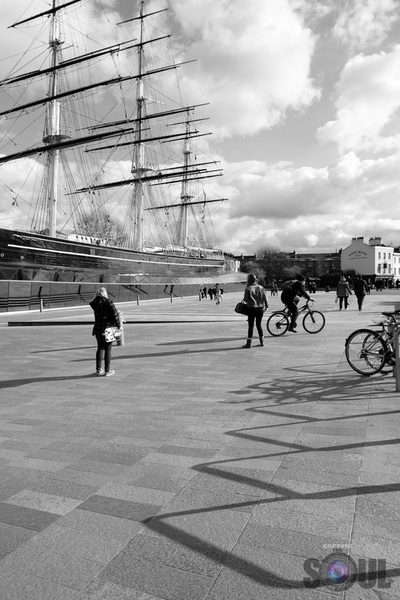
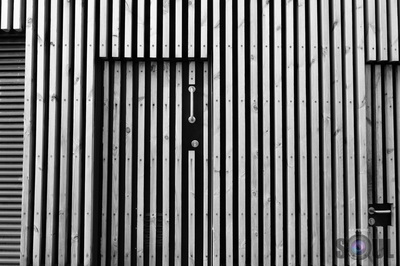

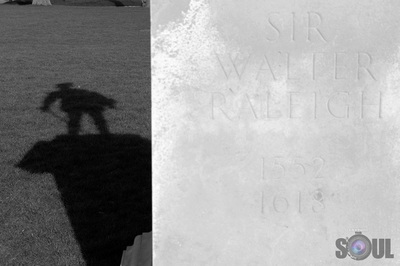
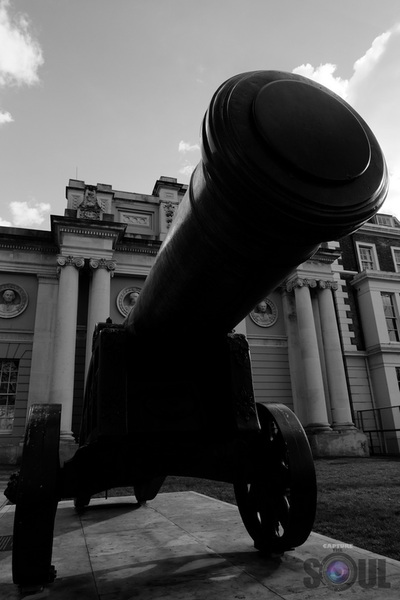
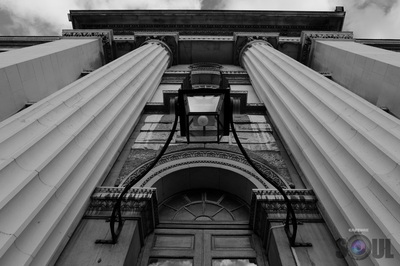
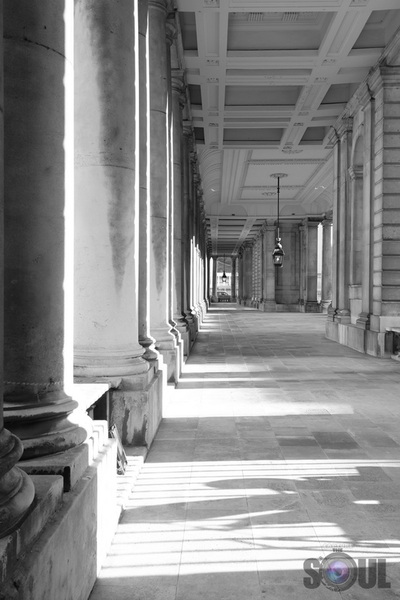
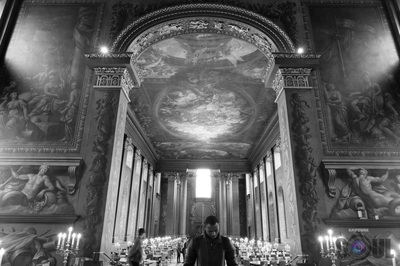
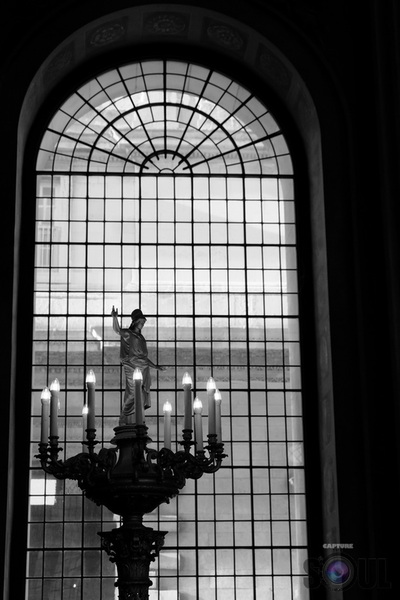
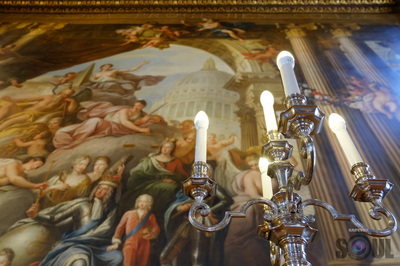
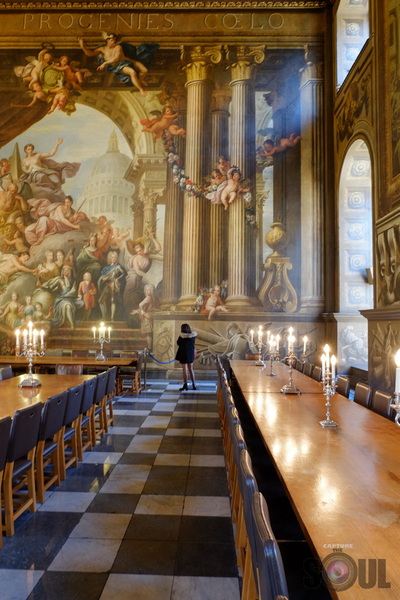
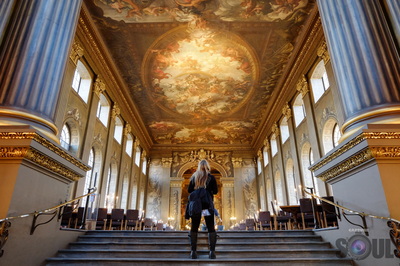
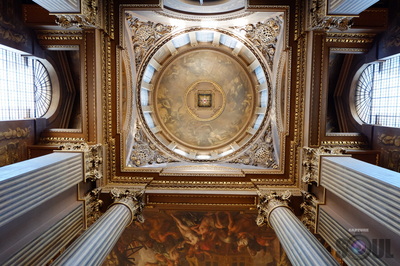
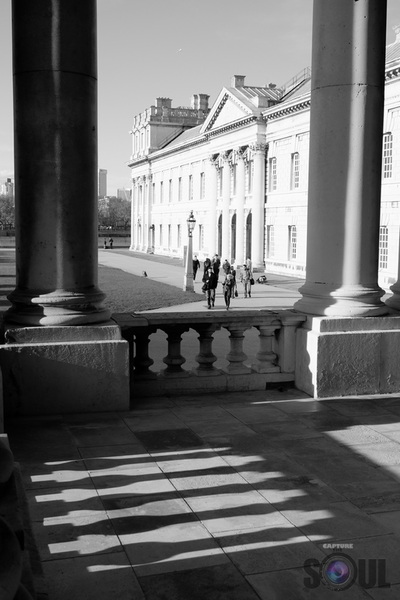
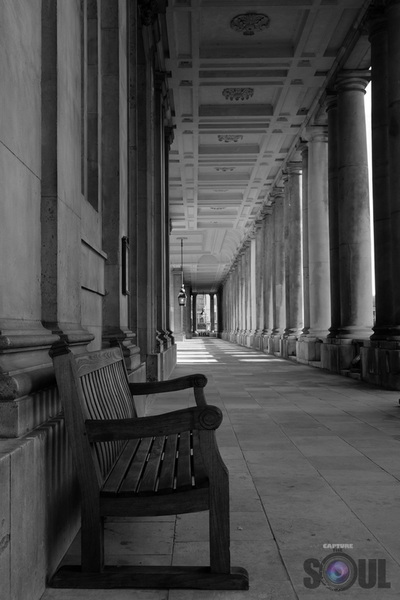
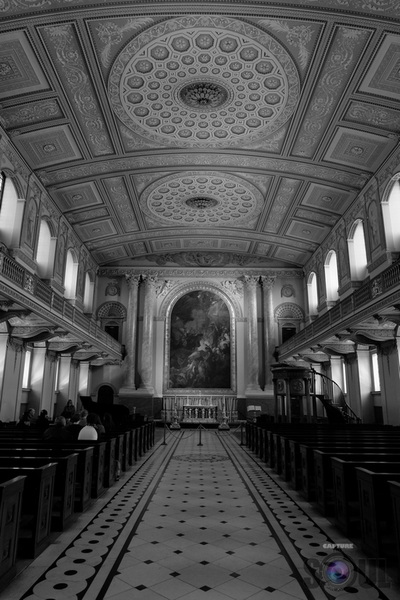
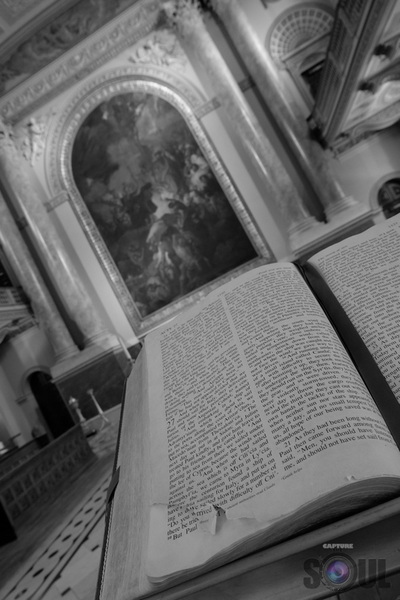
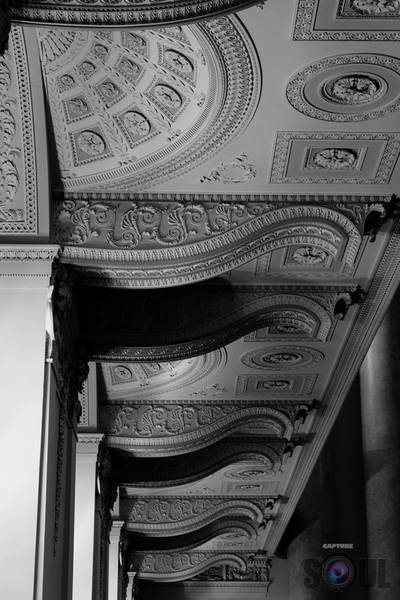
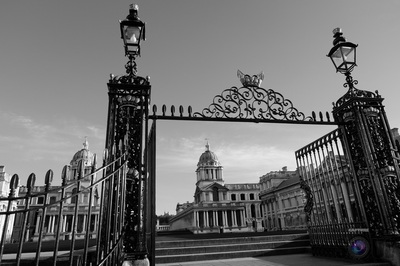
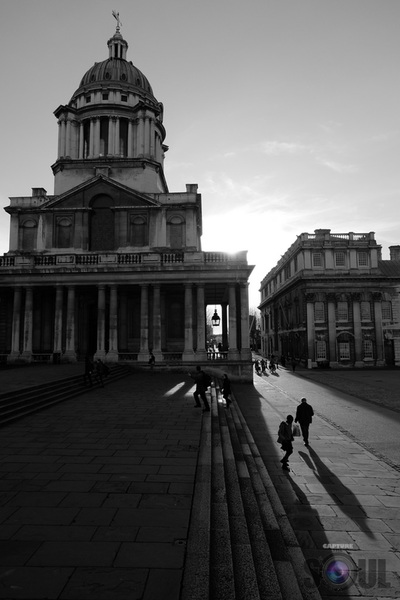
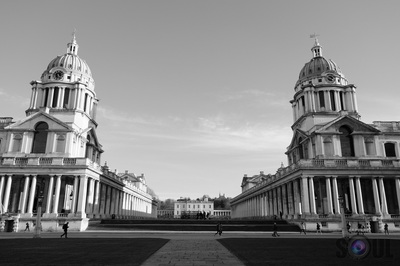
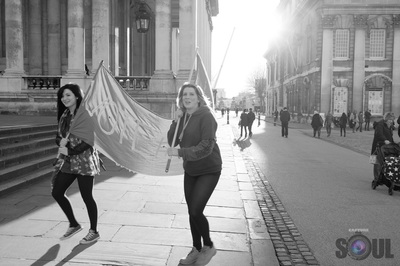
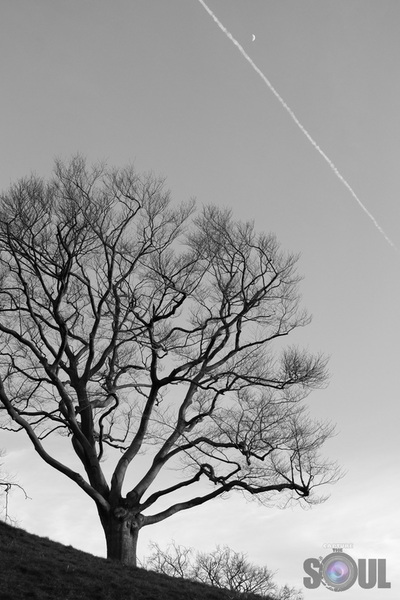
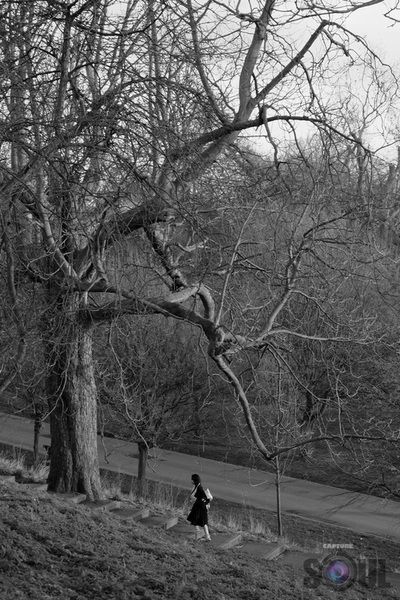
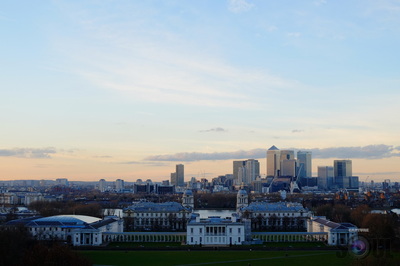
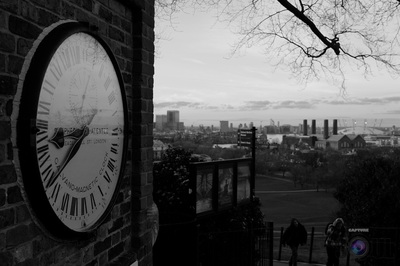
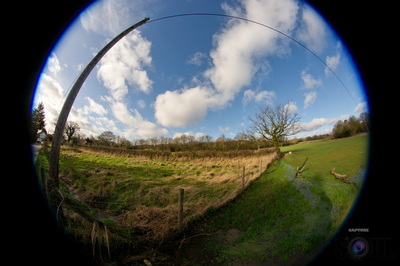
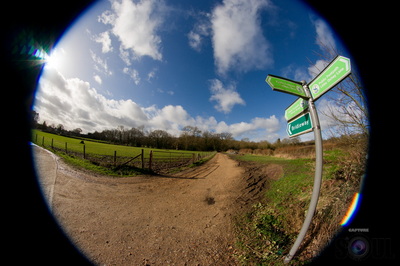
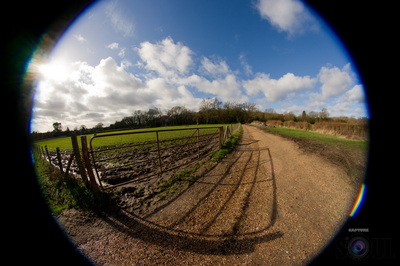
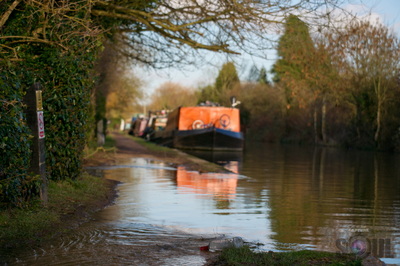
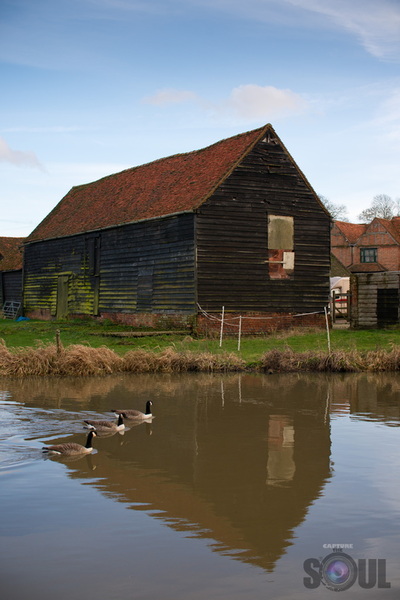
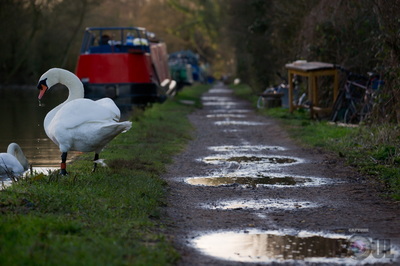
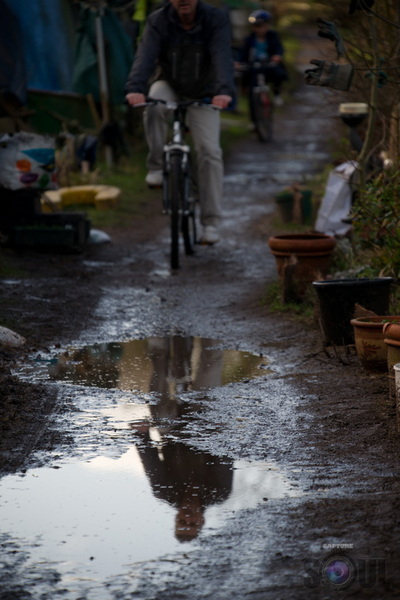
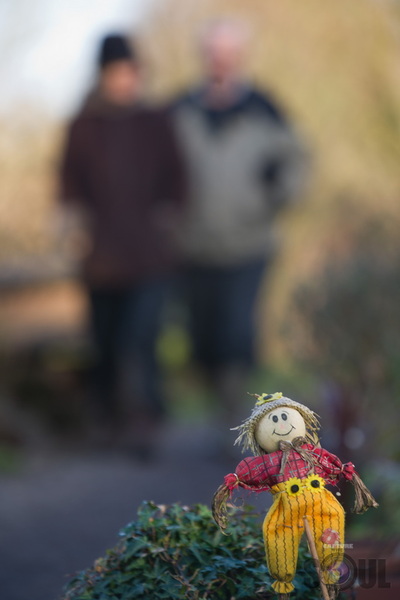
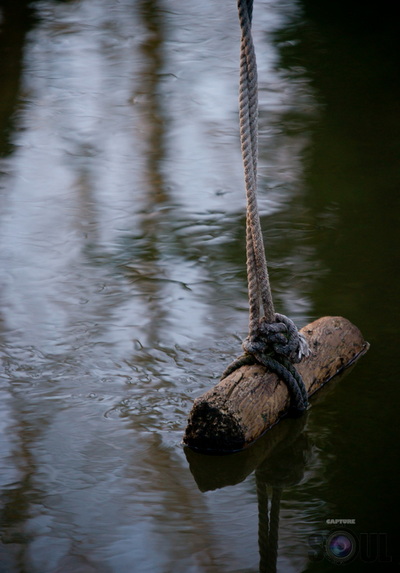
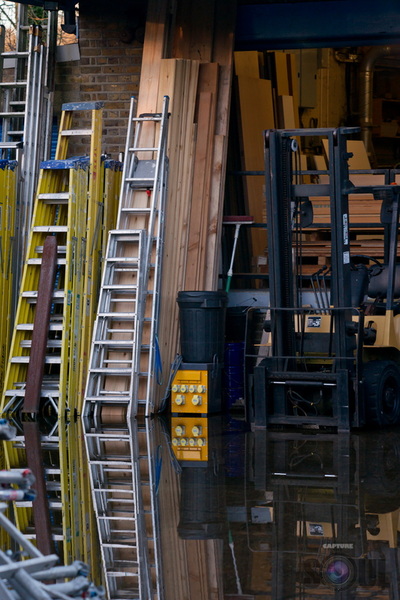
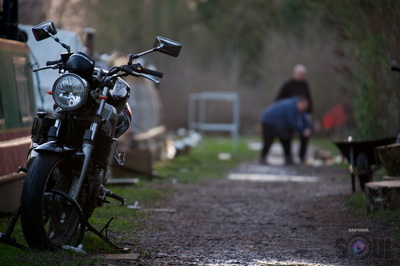
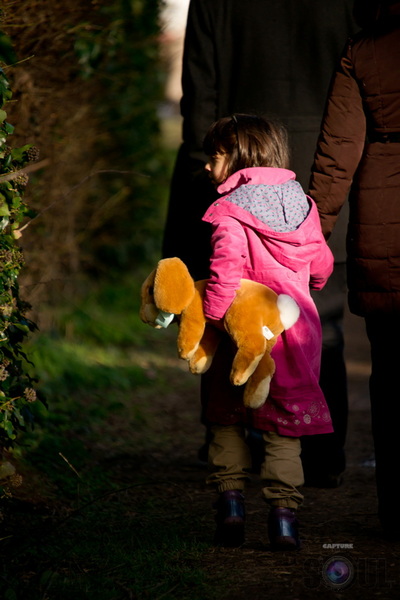
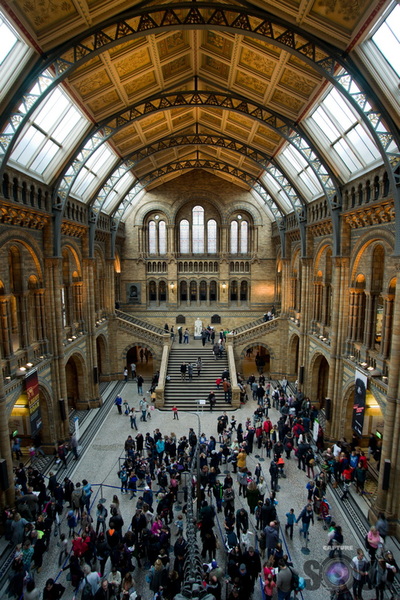
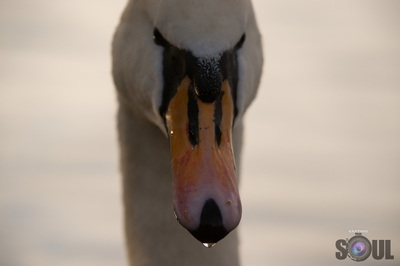
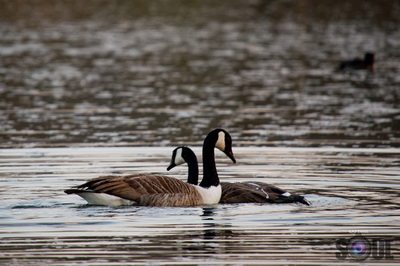
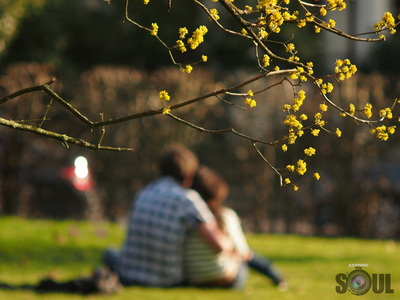
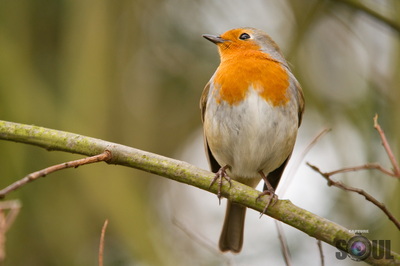
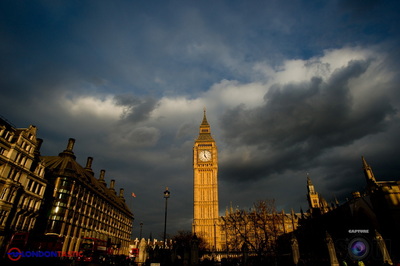

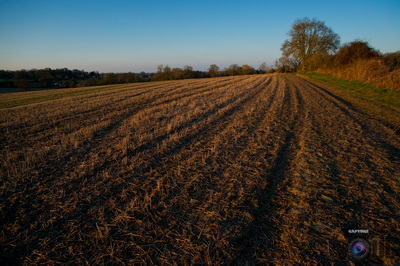

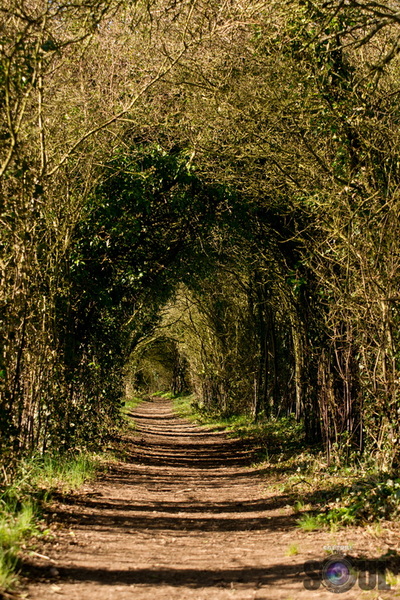
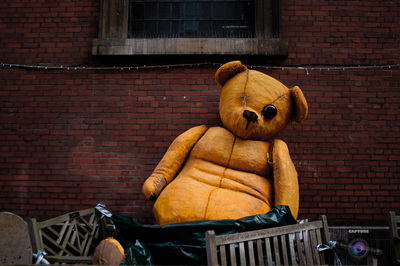
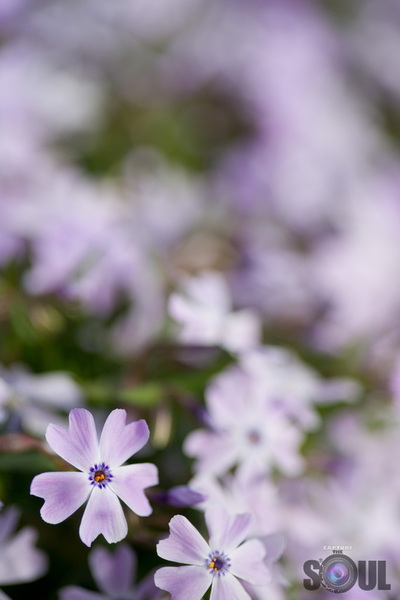

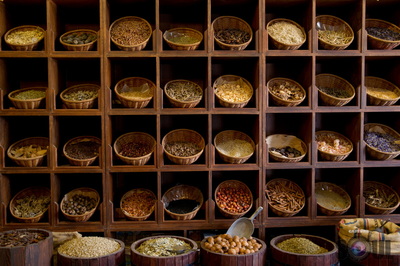
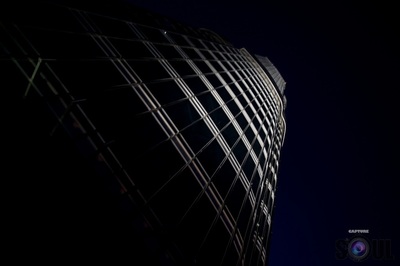


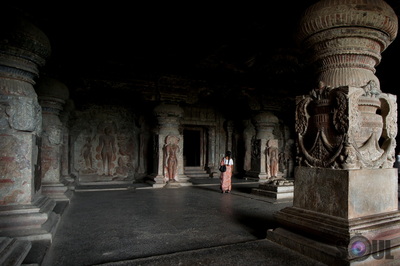
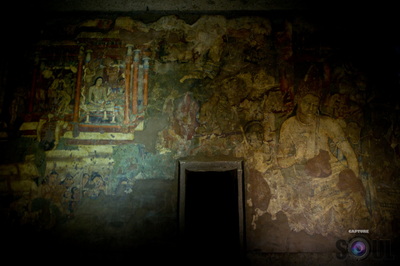
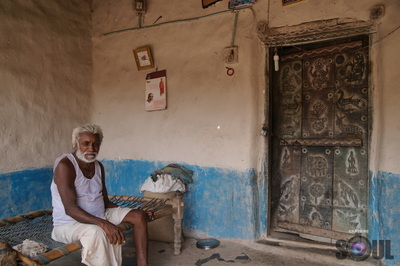


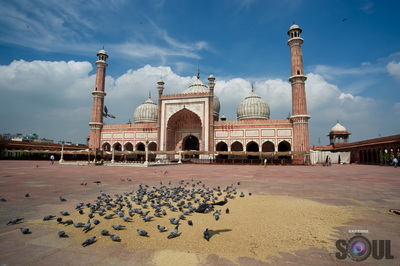
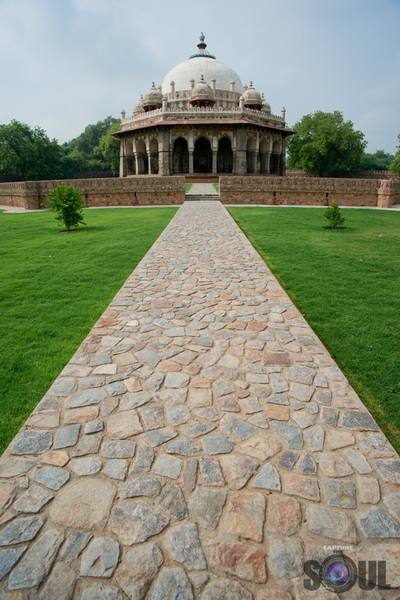
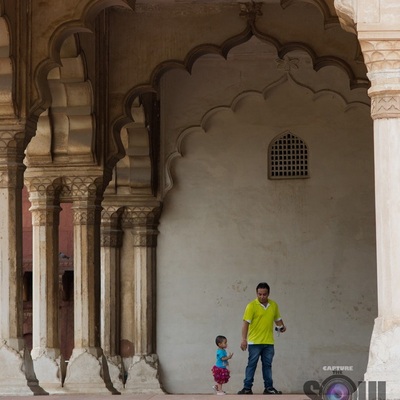
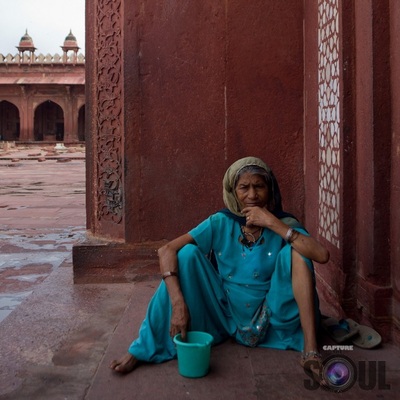
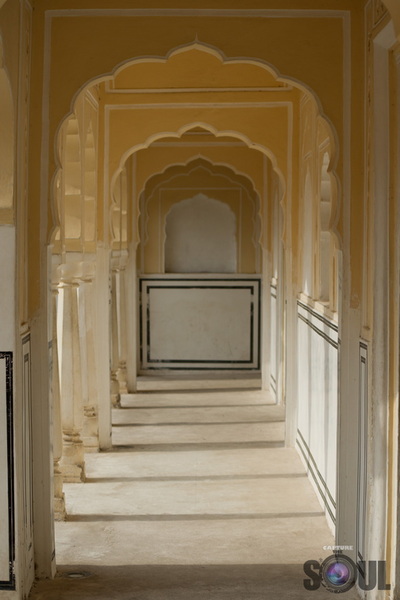
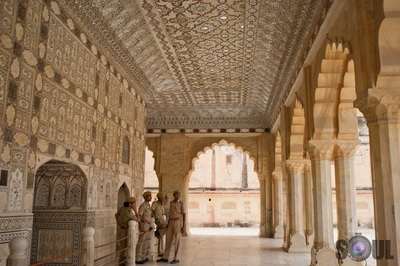
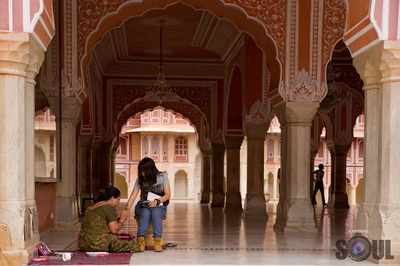
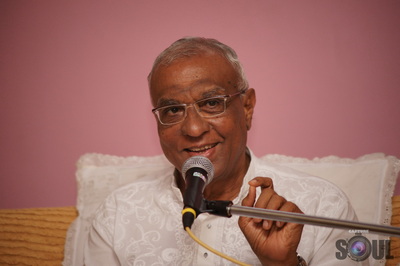



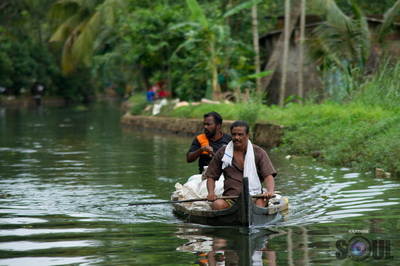
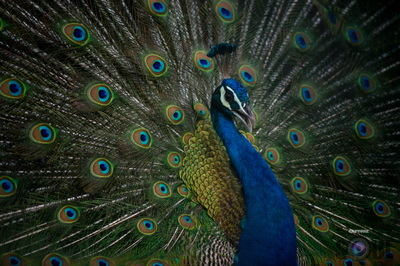
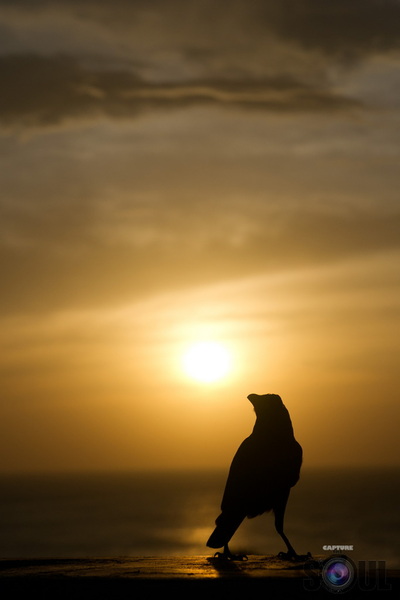
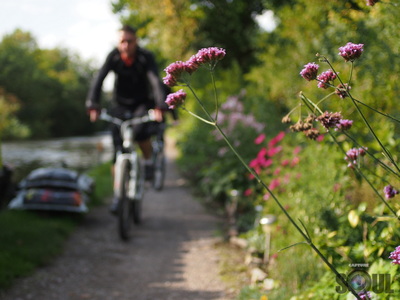
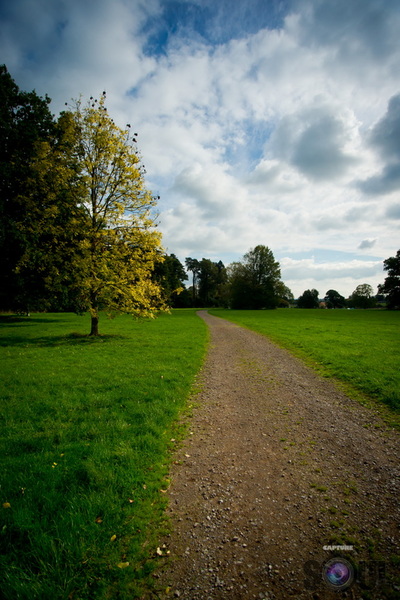
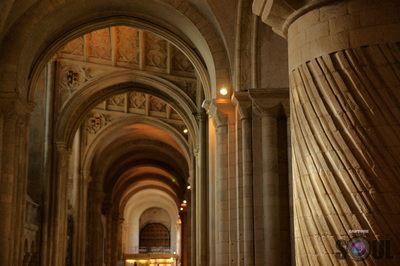

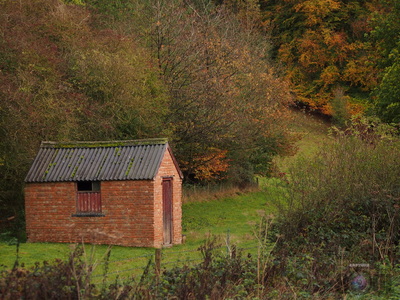

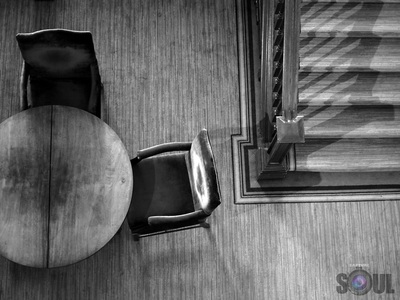
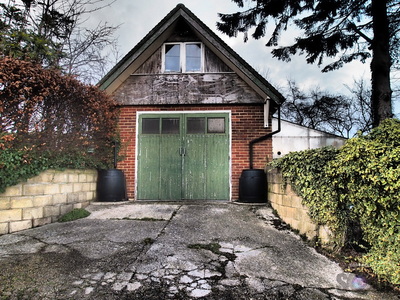
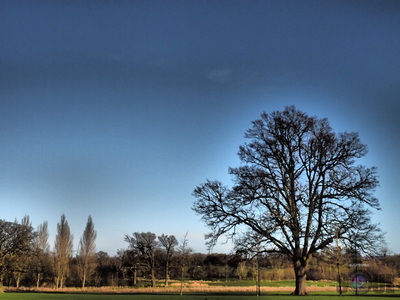
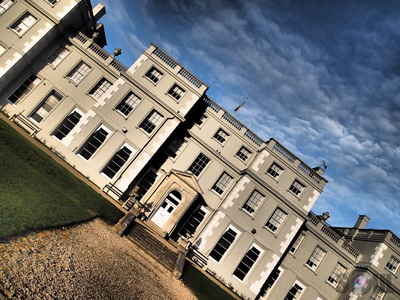
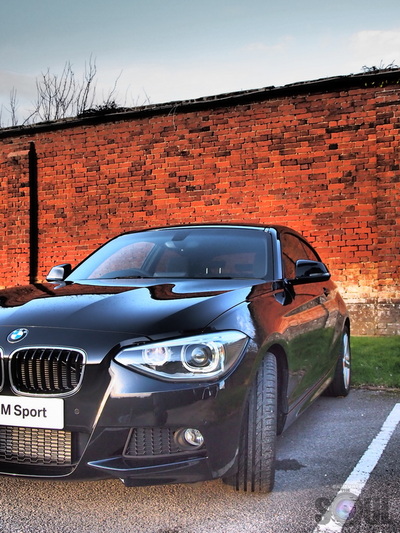

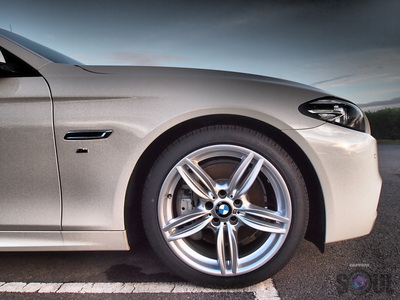
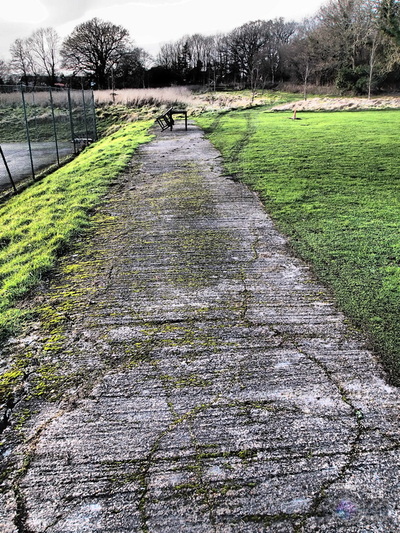
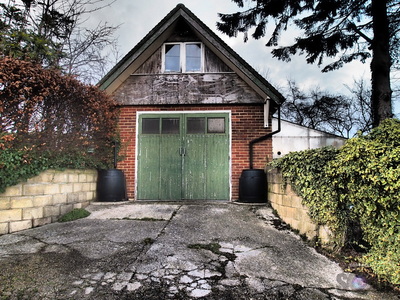
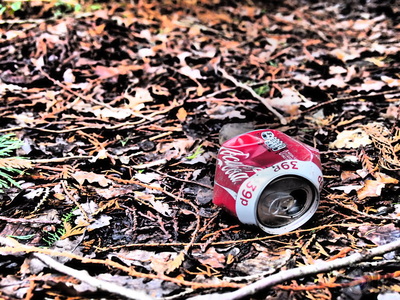
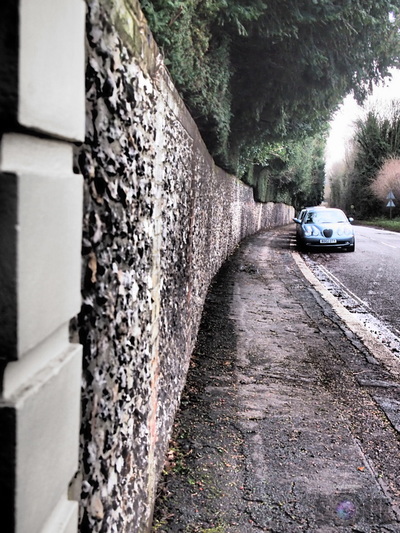
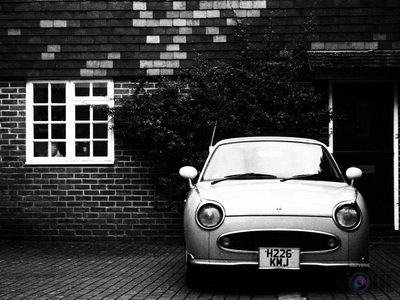
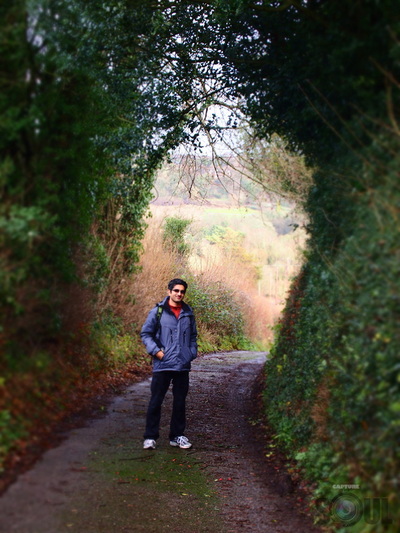

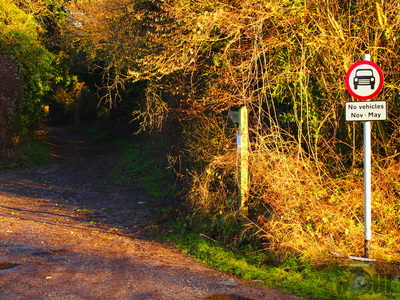
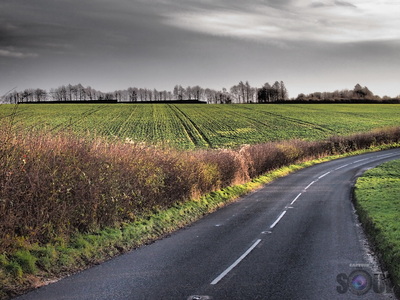
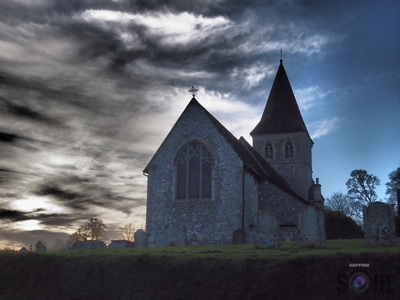
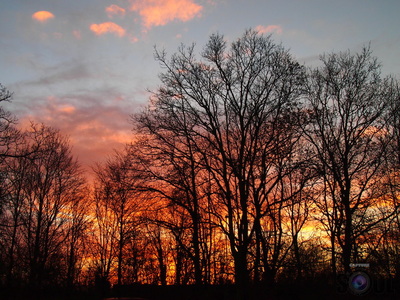
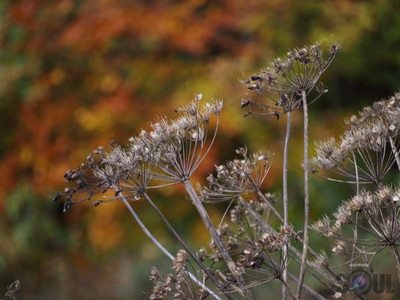
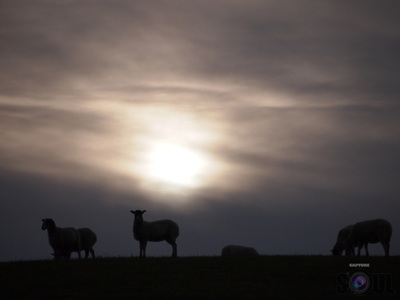
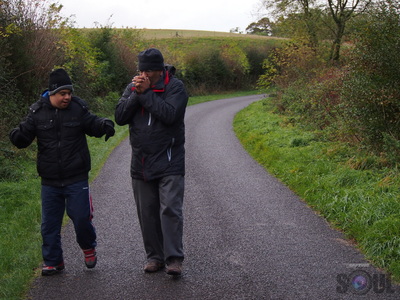
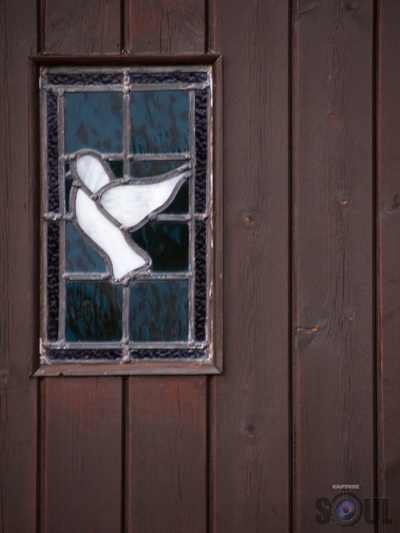
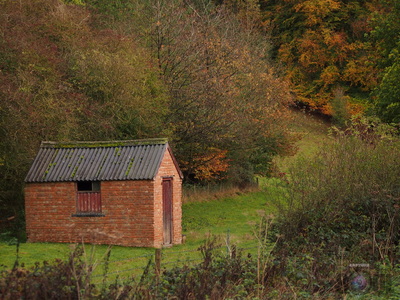
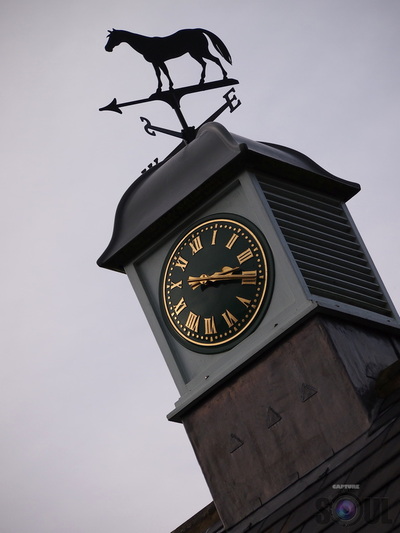

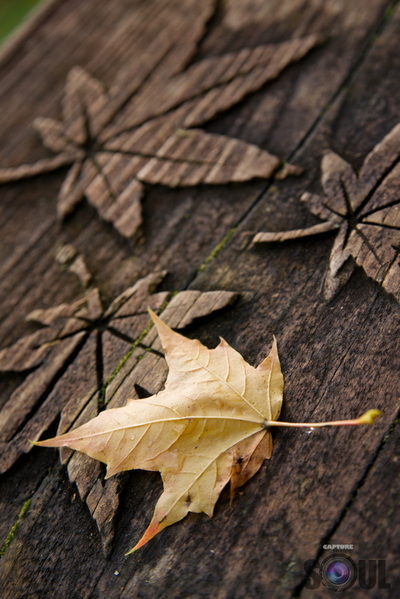
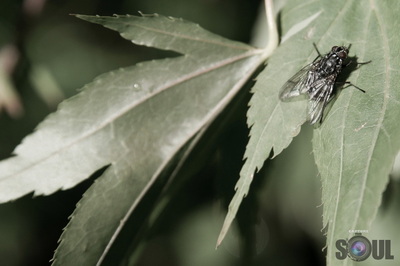
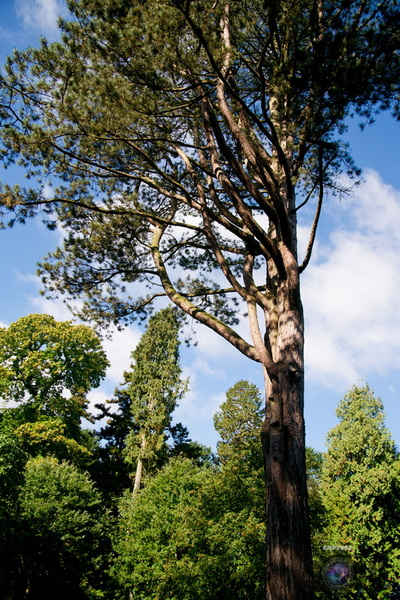
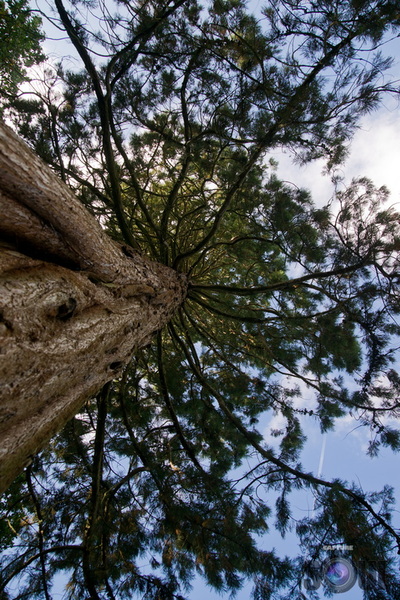
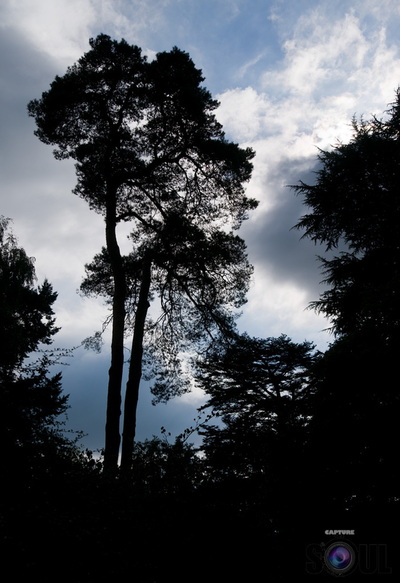
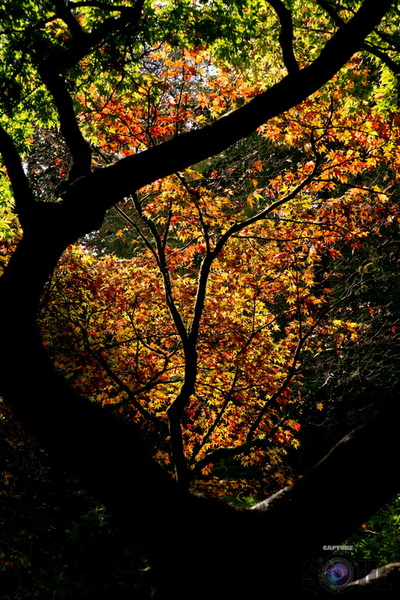
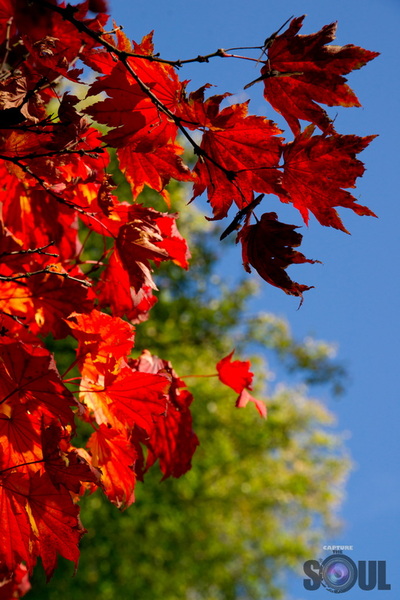
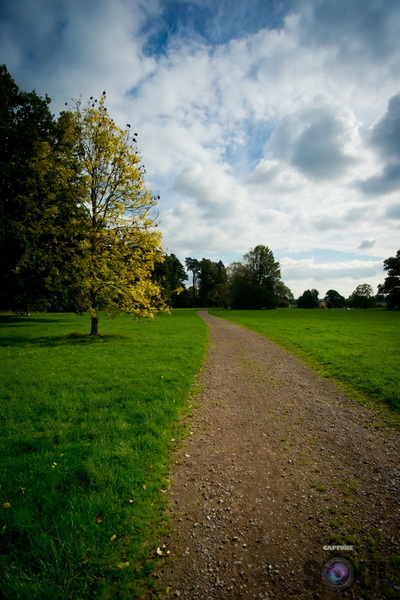
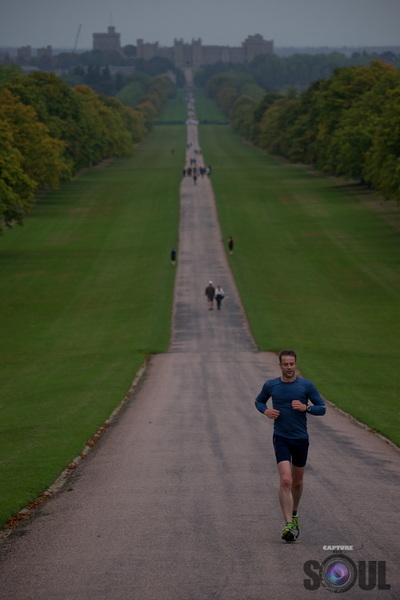
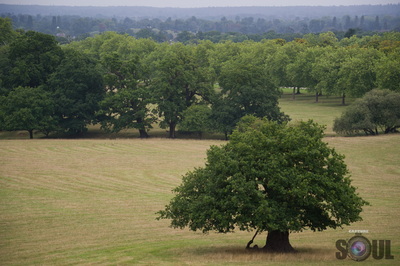
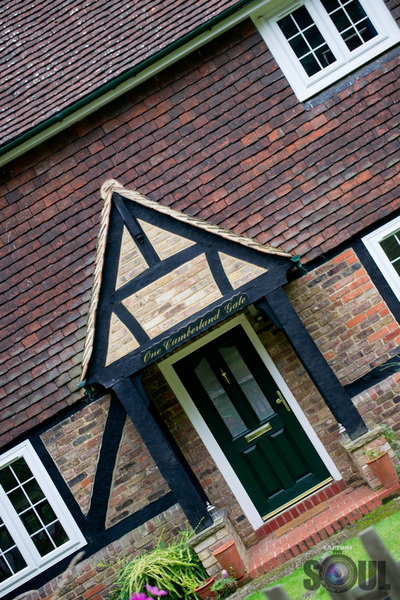
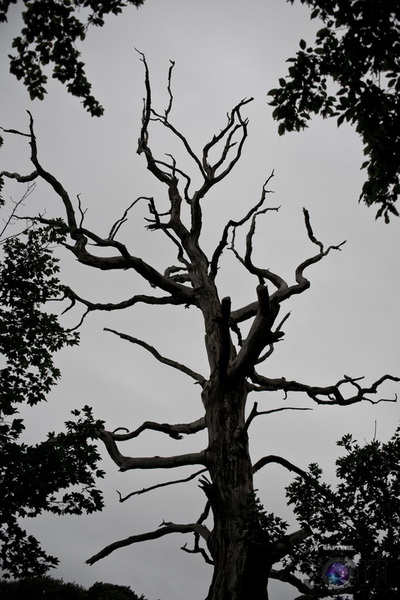
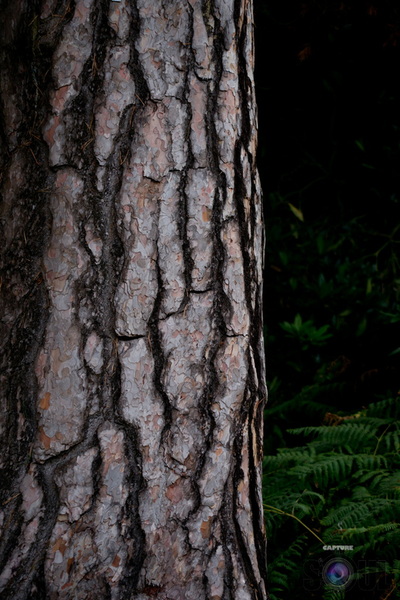
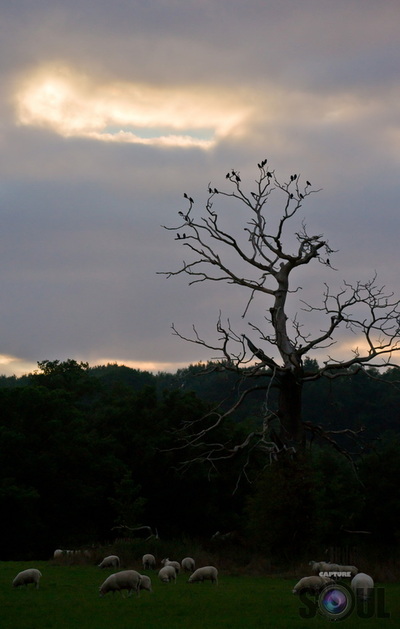
 RSS Feed
RSS Feed